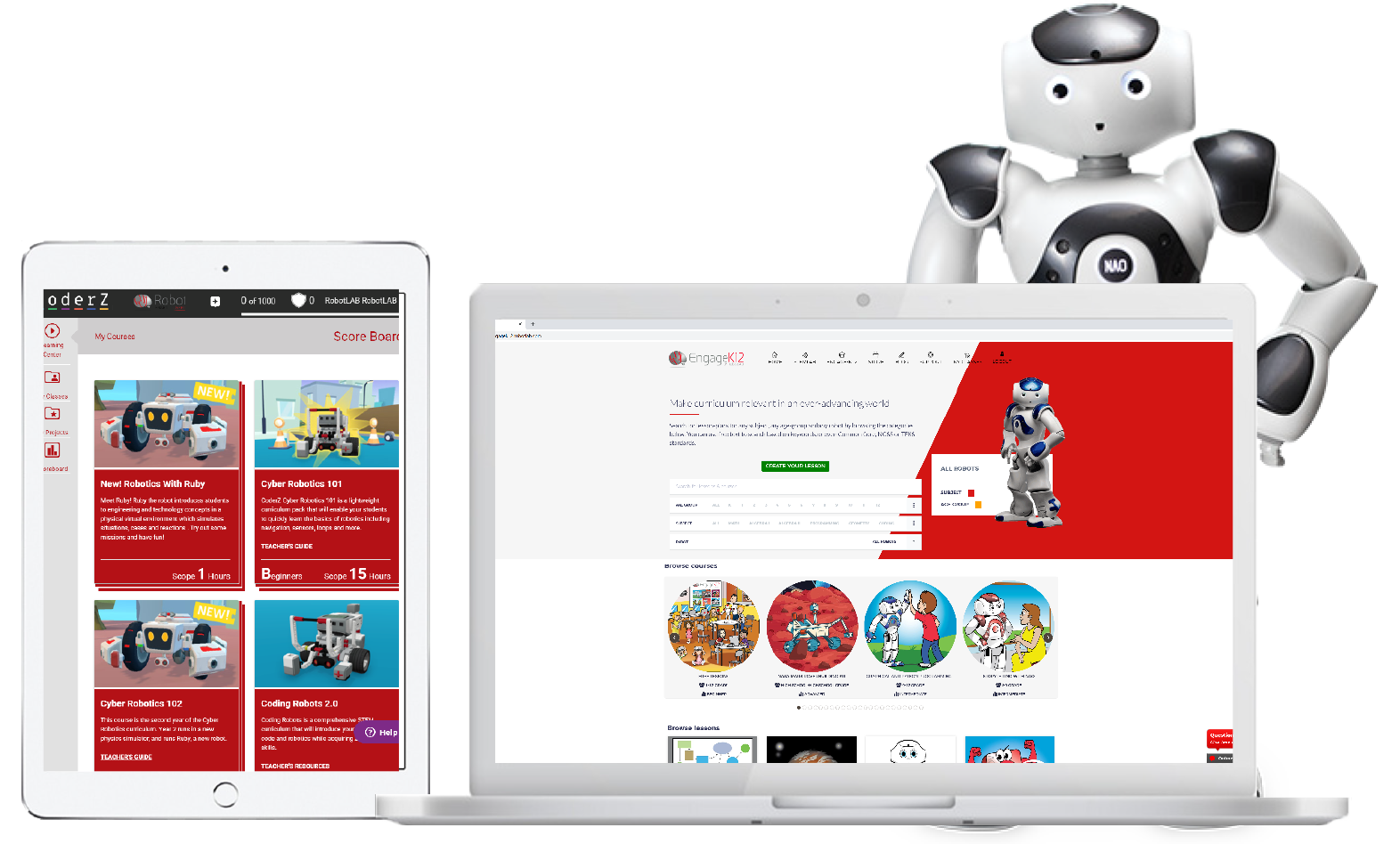By Robert Low
.jpg?width=679&name=pexels-ryutaro-tsukata-5745576%20(1).jpg) Photo by Ryutaro Tsukata from Pexels
Photo by Ryutaro Tsukata from Pexels
Hands-on STEM experiences aren't impossible when learning goes virtual--it just takes a little creativity to help engage students
One of the many challenges with distance learning is finding ways for students to engage in active and interpersonal learning experiences that increase their understanding of STEM. These types of activities are especially important because they can make abstract scientific concepts more accessible, and engage diverse learners in using engineering processes that are helpful for 21st century careers.
During a recent edWebinar, Jill Olson, the Director of Operations and Professional Development for EiE, a curriculum developed by Boston’s Museum of Science, provided a framework for integrating hands-on, interactive STEM projects with distance learning.
Citing the work of Lev Vygotsky, Olson noted the importance of engaging students in discourse that helps them link thought to language and make new connections as they learn. She also explained how providing structured learning activities, in which students can draw on concepts, tools, and processes, helps the students make sense of educational experiences and build knowledge.
Creating a generation of problem solvers
While using remote technologies for learning has limitations, Olson pointed out that students can still be provided with information and projects and then work together in small groups online, sharing ideas and collaborating before reporting their findings to the entire class.
To organize and facilitate this process, Olson recommends using the Engineering Design Process (EDP), a sequence that includes asking, imagining, planning, creating, and improving in order to achieve a goal. In addition to being something the students use, this can also be a process that teachers use and share with their students, in order to develop meaningful STEM experiences.
The EDP is a supportive and equitable process for students because there is no single right answer, and the development of many possible solutions is supported. This enables students with different approaches to see themselves as successful in their own way. The EDP also removes stigma from failure by making it a natural and important part of the learning process.
Implementing effective STEM activities
To develop remote STEM projects that meet students’ learning needs, Olson first recommends deciding which lessons and projects will work well remotely, and which ones need to be adapted or omitted. This will require mindful, strategic choices that include consideration of which materials students may have access to, and how the materials can be managed or stored over time.
A related consideration is the at-home environment in which the students do their work, as some or many students may have to share their space and devices. Explicit scheduling and instructions are therefore essential and should include how students can ask the teacher questions, how students should interact with each other during small-group work, and where and how students should turn in their findings.
A sample project Olson mentioned was developing a system to transport an object from one place to another. This could result in something as simple as sliding a toy on an inclined plane from a chair to the floor, or creating a pulley system to transfer food from one house to another.
Depending on the age of the students, Olson strongly recommends that they all use an engineering notebook or journal to record their thoughts, analyses, and reflections. Whether on paper or online, writing about their work over time provides opportunities for students to connect their thoughts to language, and make what they have learned more meaningful.
Through interactive, hands-on STEM projects, students are developing 21st century skills that can prove useful in higher education and successful careers. These types of projects can also prepare students to become engaged citizens who help to solve the scientific and technological problems our society will continue to face in the years ahead.
Discover more ways to teach interactive hands-on STEM online lessons with RobotLAB!

CoderZ is an online educational environment that improves students 21st century skills, while they are having fun programming their own virtual cyber robot. CoderZ and RobotLAB has different lessons to do at home! Check them out Here
About the Author:
Robert Low has more than 30 years of educational publishing experience, ranging from editing and product management to online advertising and content development. He also works with edWeb.net to write articles on their professional learning edWebinars.
